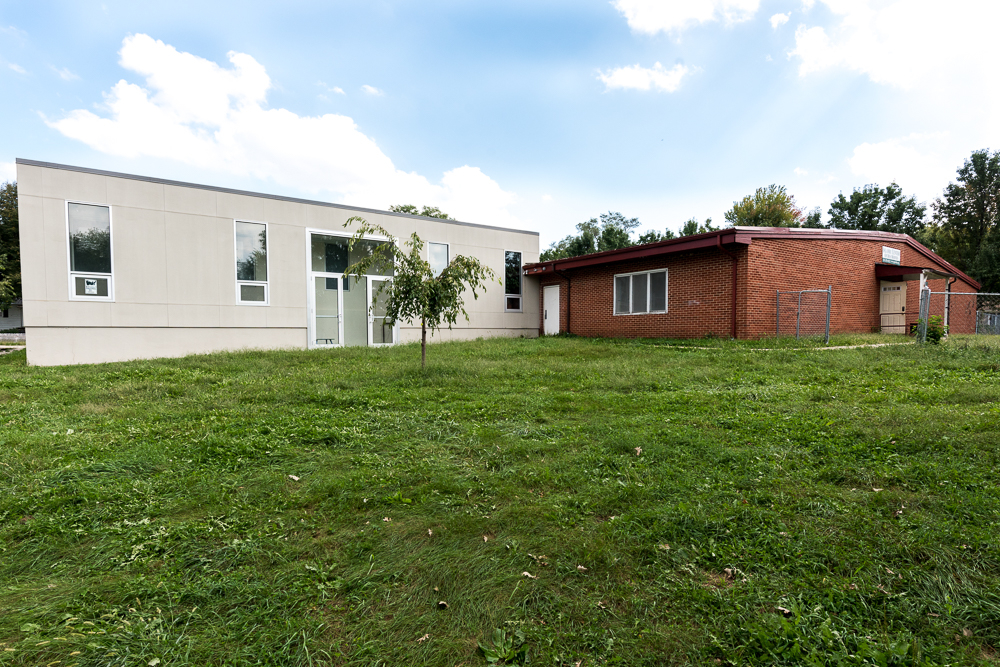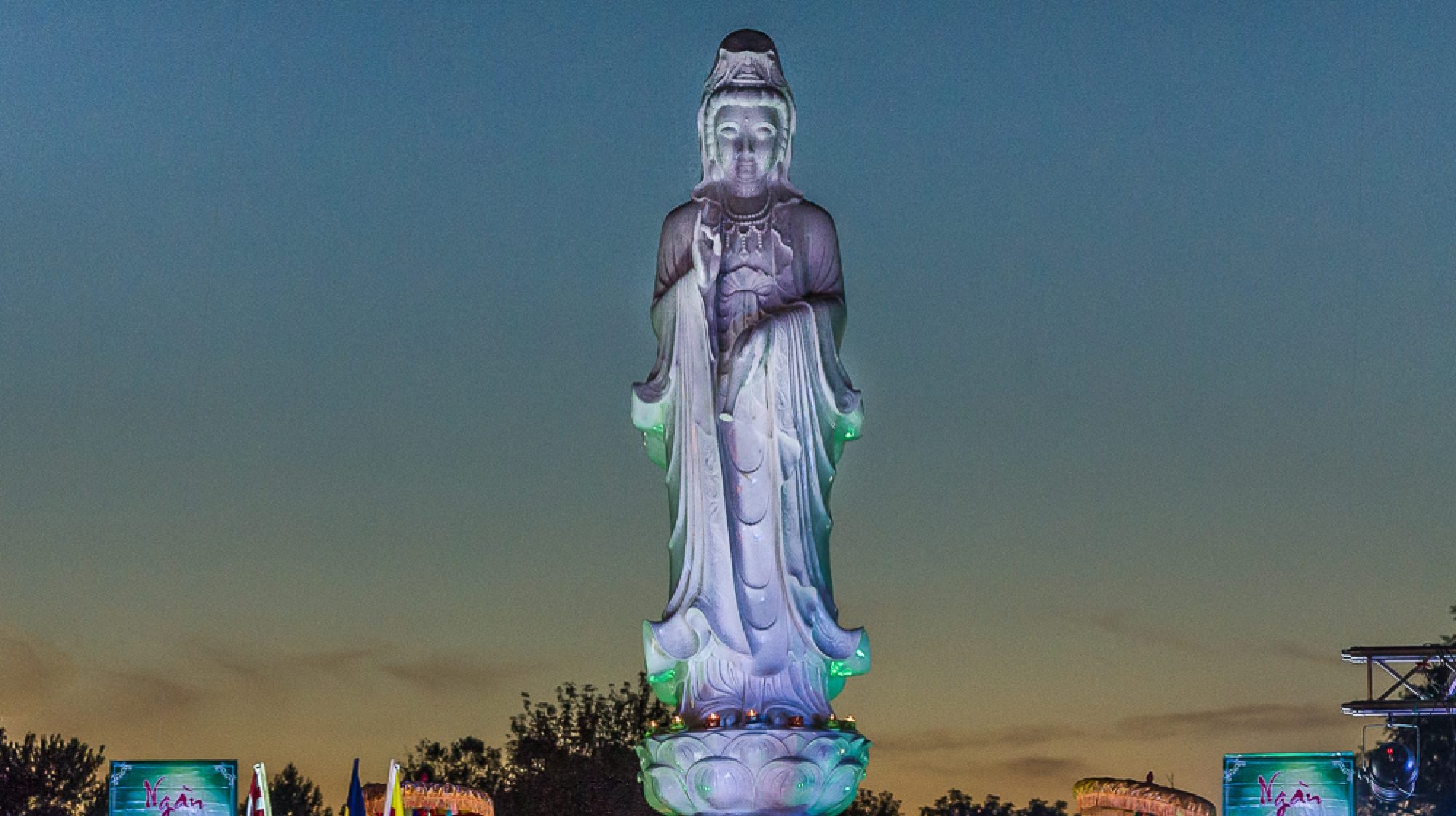
CONTACT
Leader:
Imam Younes Ali Younes
Phone number:
(515) 255-0212
Email:
Website: islamiccenterdm.com
HOURS
5 AM – 10 PM
ETIQUETTE
Women should cover from their wrists to ankles, including a scarf to cover hair/head
Men should not wear shorts
All should be prepared to remove shoes upon entering
STUDENT TESTIMONIAL
Located at 6201 Franklin Ave, Des Moines, IA 50322, the Islamic Center of Des Moines (ICDM), is a cornerstone for the Muslim community in the city. The ICDM goes beyond being a house of worship, it serves as a vibrant area for education, social interaction, and interfaith dialogue. The heart of the ICDM lies in its role as a mosque, facilitating the five daily prayers for both men and women. It caters to the special Friday Jumu’ah prayers, a vital gathering for the Muslim community. Eid prayers, celebrating the end of Ramadan and Hajj, are also held in collaboration with other local mosques, fostering a sense of unity among Des Moines’ Muslim population. During the holy month of Ramadan, the spirit of the community is further strengthened through Taraweeh prayers and Iftar meals. Recognizing the importance of education, the ICDM offers a Sunday school program for children, where they learn Arabic, Quran recitation, and Islamic studies. A summer school program complements this, providing children with a deeper understanding of their faith during school breaks. Educational offerings extend beyond children, with the ICDM hosting informative lectures on Islam, catering to a wider audience seeking knowledge. The ICDM’s commitment extends beyond religious life. It offers a unique Muslim matrimonial and matchmaking service, facilitating unions based on shared faith and values. Additionally, the center provides Nikah services, officiating Islamic marriages. Recognizing the complexities of human interaction, the center offers community counseling and conflict resolution services, promoting harmony within the community. The spirit of giving is central to Islam, and the ICDM facilitates the collection and distribution of Zakat, a form of obligatory charity that purifies one’s wealth. The ICDM also assists with funeral and burial arrangements, ensuring these sensitive moments are handled with respect and care. Looking outward, the ICDM actively engages in Dawah work, a form of Islamic outreach that involves sharing the faith with others. This includes fostering interfaith dialogues and building relations with civic groups. The center also provides an Islamic information service, acting as a bridge between the Muslim community and the wider Des Moines population. Leading this vibrant center is Imam Younes Ali Younes, a pillar of the Des Moines Muslim community. Imam Younes brings a unique blend of academic and practical experience. He holds a law degree from the prestigious Azhar University in Egypt, demonstrating his intellectual prowess. Further enriching his qualifications, he obtained a Master’s Degree in Islamic Studies from the University of Minnesota. Imam Younes’ journey of faith is inspiring. After practicing law for some time, he transitioned to the role of Imam, a testament to his dedication to serving the Muslim community. Having memorized the Quran, Imam Younes plays a vital role in teaching others this sacred text, ensuring its transmission to future generations. The Islamic Center of Des Moines, under the leadership of Imam Younes, serves as a beacon of faith, education, and social support for the Muslim community in Des Moines. It fosters a welcoming environment where Muslims can practice their faith, learn, and connect. Through its outreach efforts, the ICDM also builds bridges between the Muslim community and the broader Des Moines population, promoting understanding and inclusivity.

